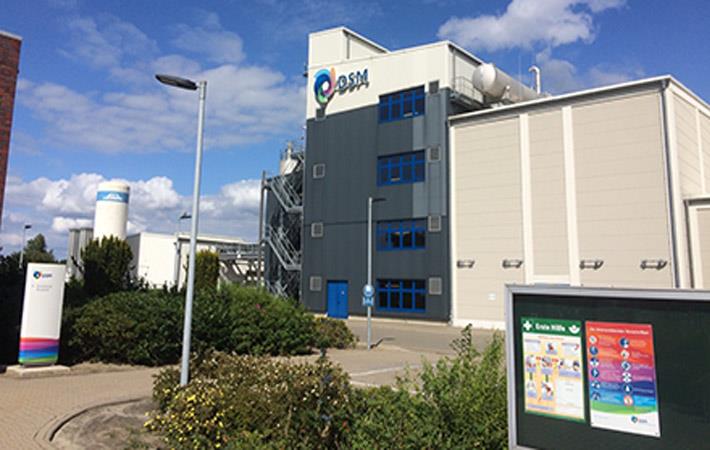Continuing its ‘Greenest Strength’ mission, DSM Dyneema is displaying a creative way to re-use material from out-of-service soft armour vests at the ongoing Milipol in Paris. Dyneema fibre offers the lowest carbon footprint per unit of tenacity. Over recent years DSM Dyneema has further improved its environmental footprint in its manufacturing processes.
Dyneema UD (Uni-Directional bullet resistant sheet) is a key ballistic ingredient for best-in-class life protection applications like vests, helmets, and inserts, protecting soldiers and law enforcement officers. Compared to alternative materials, Dyneema fibre offers the lowest carbon footprint per unit of tenacity. Since solutions with Dyneema UD require less material to achieve a given performance and have a high durability and long service life, a lowest carbon footprint in application lifetime is the result. Over recent years DSM Dyneema has further improved its environmental footprint in its manufacturing processes amongst other areas and is committed to continuing on this path.Continuing its 'Greenest Strength' mission, DSM Dyneema is displaying a creative way to re-use material from out-of-service soft armour vests at the ongoing Milipol in Paris. Dyneema fibre offers the lowest carbon footprint per unit of tenacity. Over recent years DSM Dyneema has further improved its environmental footprint in its manufacturing processes.#
DSM Dyneema is now also examining ways for body armour manufacturers and end-customers to reduce waste from end products made with Dyneema UD material. Waste material from ballistic sheets is generated in two ways. One is the off-cuts from Dyneema UD sheets when making the end-products like a vest. The other is when the protective article is taken out of service.
For the concept presented at Milipol, DSM Dyneema worked together with Marc Meijers, designer at DenimX. This resulted in a prototype design table made with a combination of re-used Dyneema UD sheets and DenimX. DenimX has a process that converts used clothing, such as combat uniforms and textiles into thin sheets.
Making the table involved shredding the used ballistic soft armour panels and offcuts, then pressing the material into flat sheets. This material is then used as input for an alternative value chain.
“By breathing new life into used vests we can support and encourage a circular economy,” says Dirk Louwers, global marketing director Life protection at DSM. “By seeking ways to re-use ballistic protection materials into new applications, vest manufacturers and end-users such as the police or military may avoid having to dispose of offcut waste or used vests.”
“The table follows the re-using principle, using panels made of shredded Dyneema UD finished with blue or desert camouflage fabric,” says Marc Meijers, DenimX. “It’s a perfect illustration of the potential of re-using Dyneema UD in a new product, and will help inspire more designers to explore alternative ideas.”
Looking ahead, DSM Dyneema aims to build on the success of this finished prototype of re-used Dyneema UD. The company is inviting interested parties to work with them to further develop opportunities to take re-use to the next level. “Our first objective is to work with partners to achieve a scalable process. The technical feasibility is proven.” says Dirk Louwers. “By involving partners and customers in this effort, we will discover new ways to breathe new life into what are already solutions with Dyneema UD that demonstrate the Greenest Strength in materials used for body armour.” (SV)
Fibre2Fashion News Desk – India


